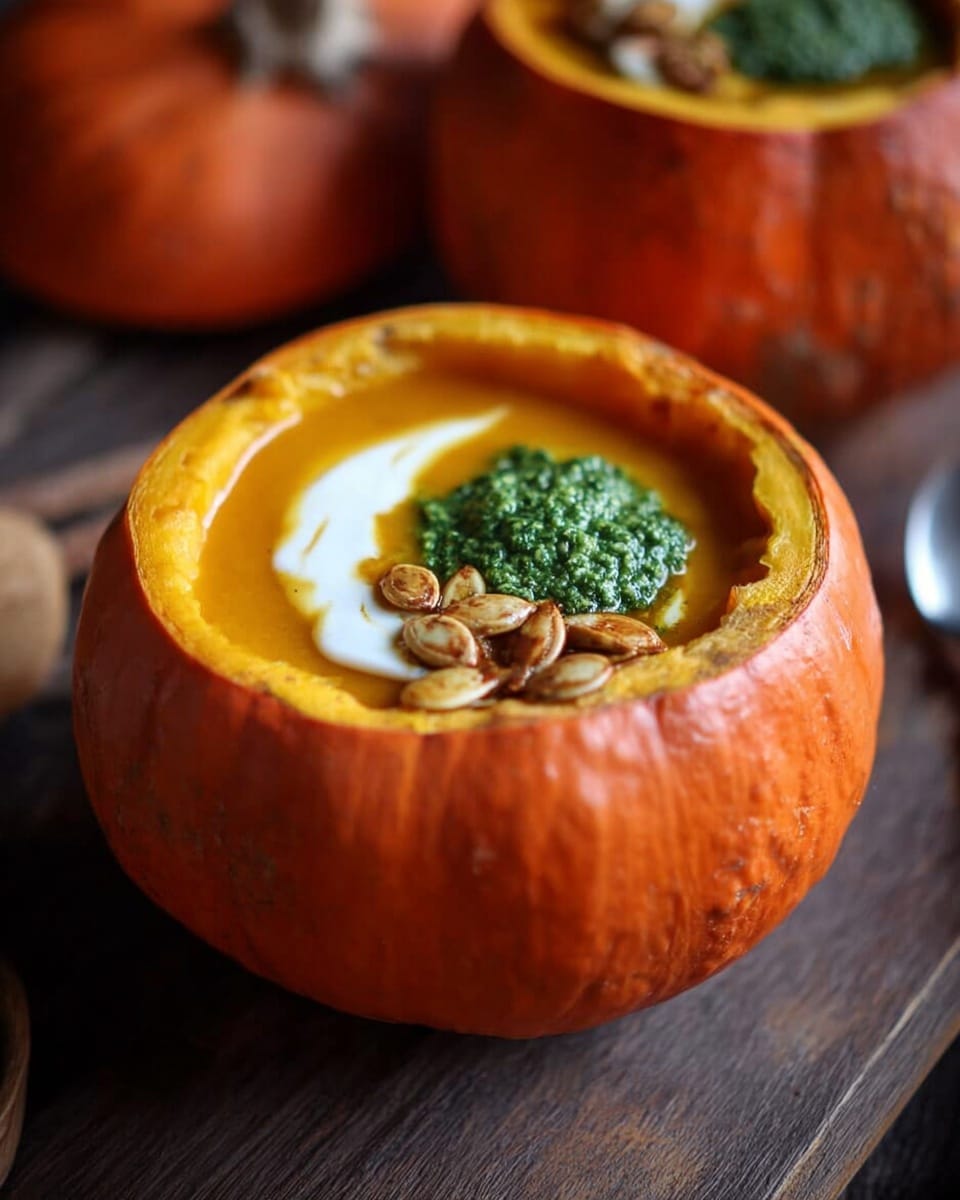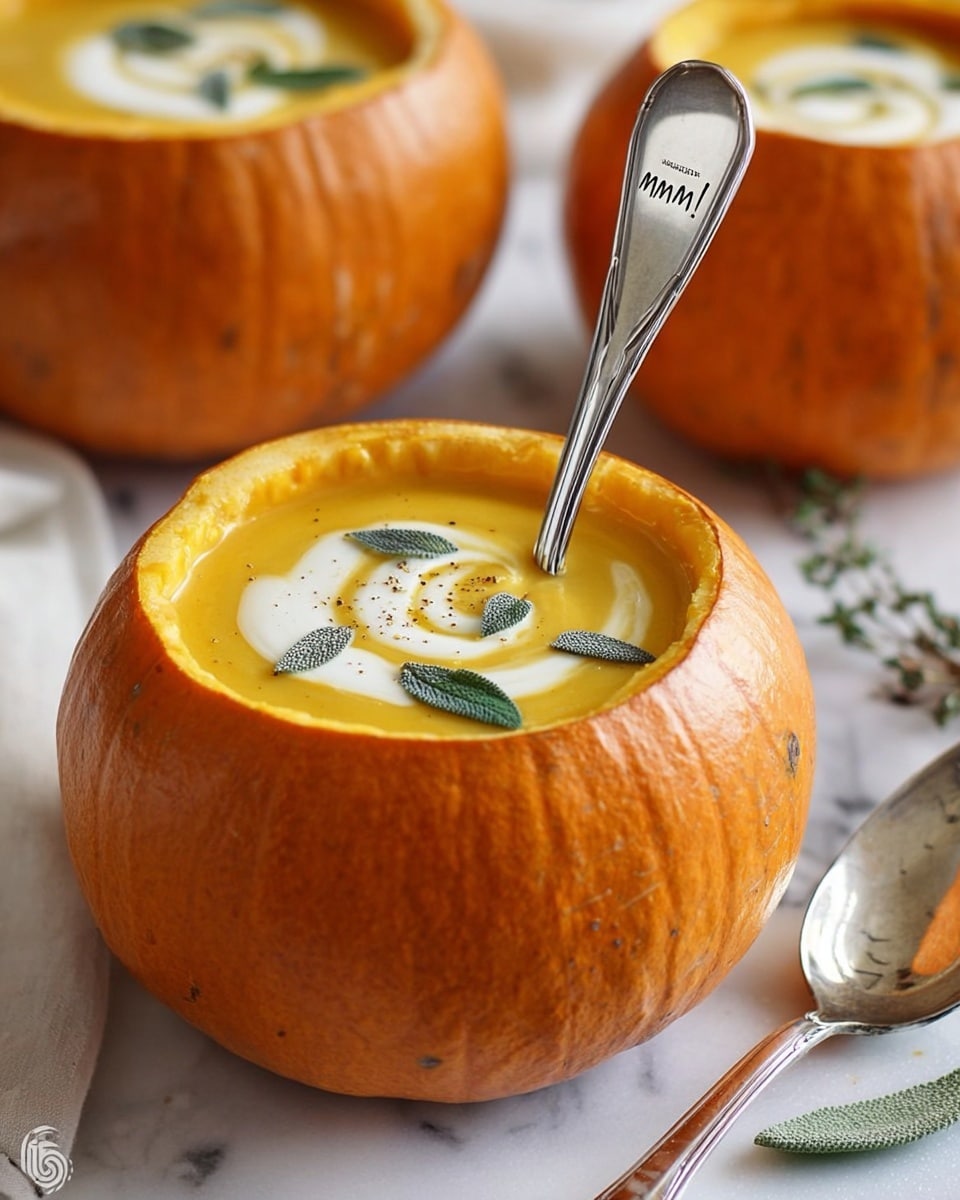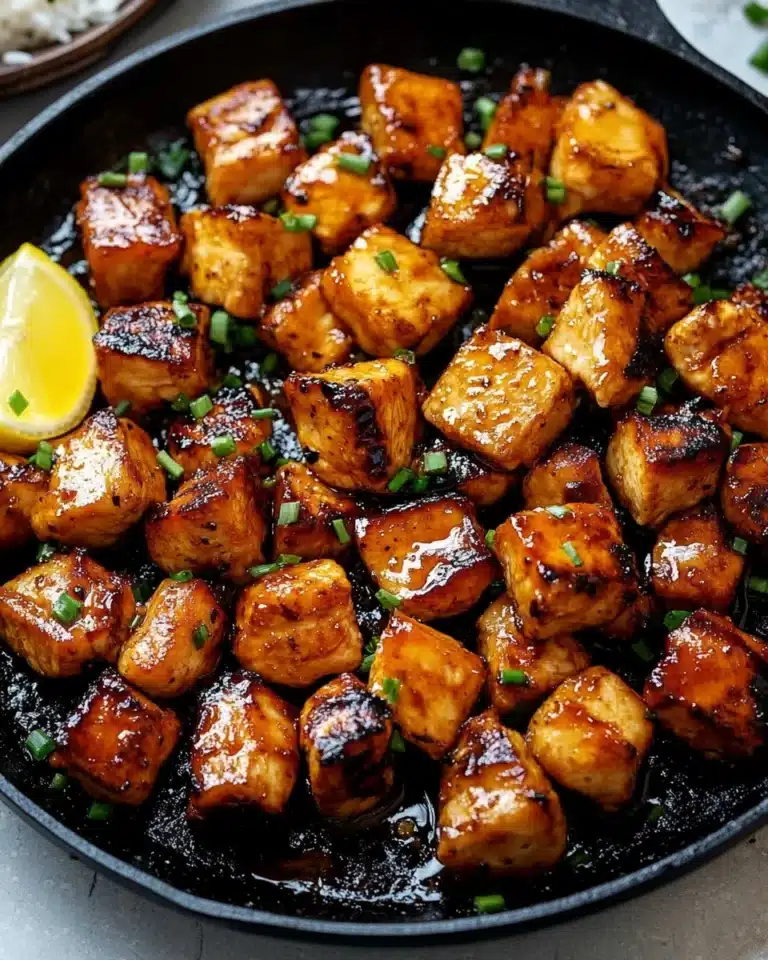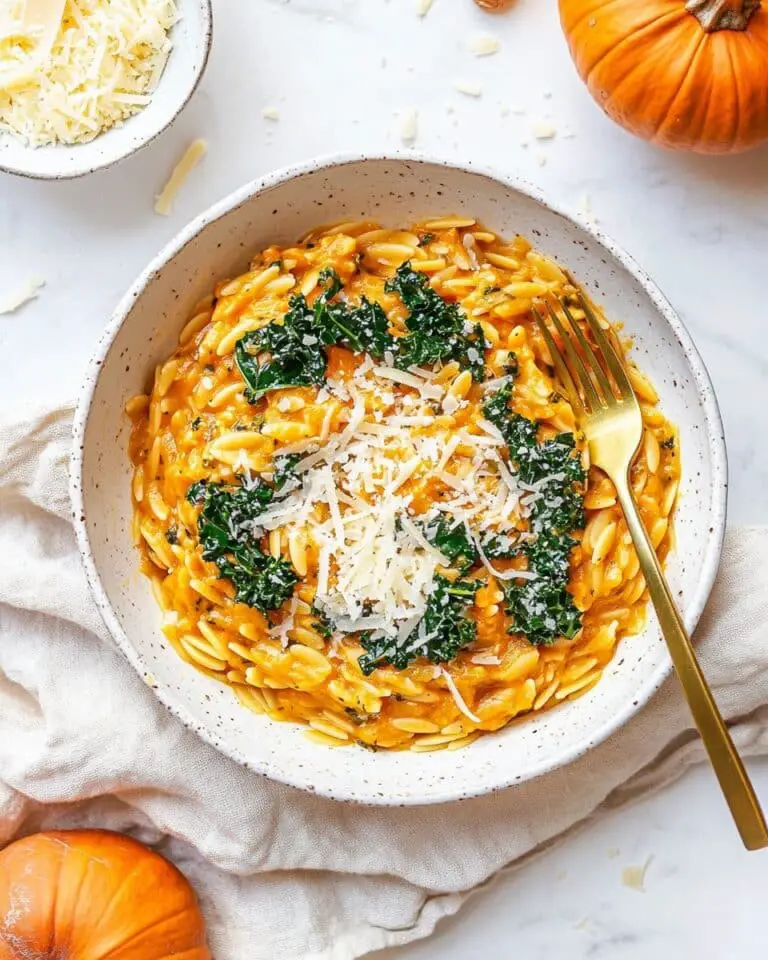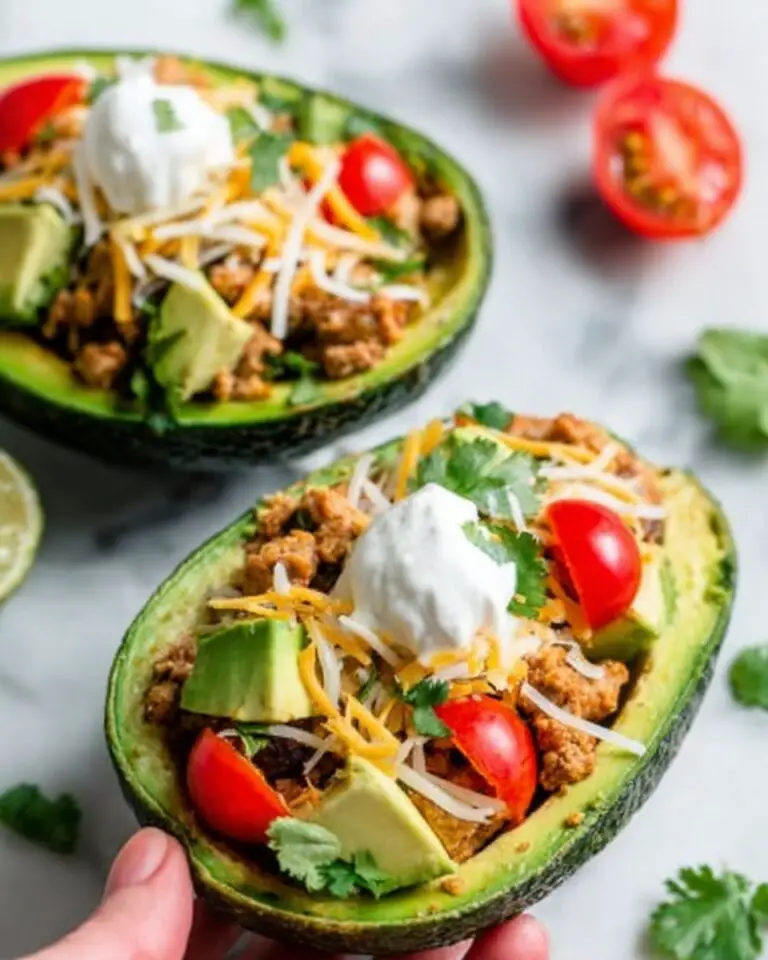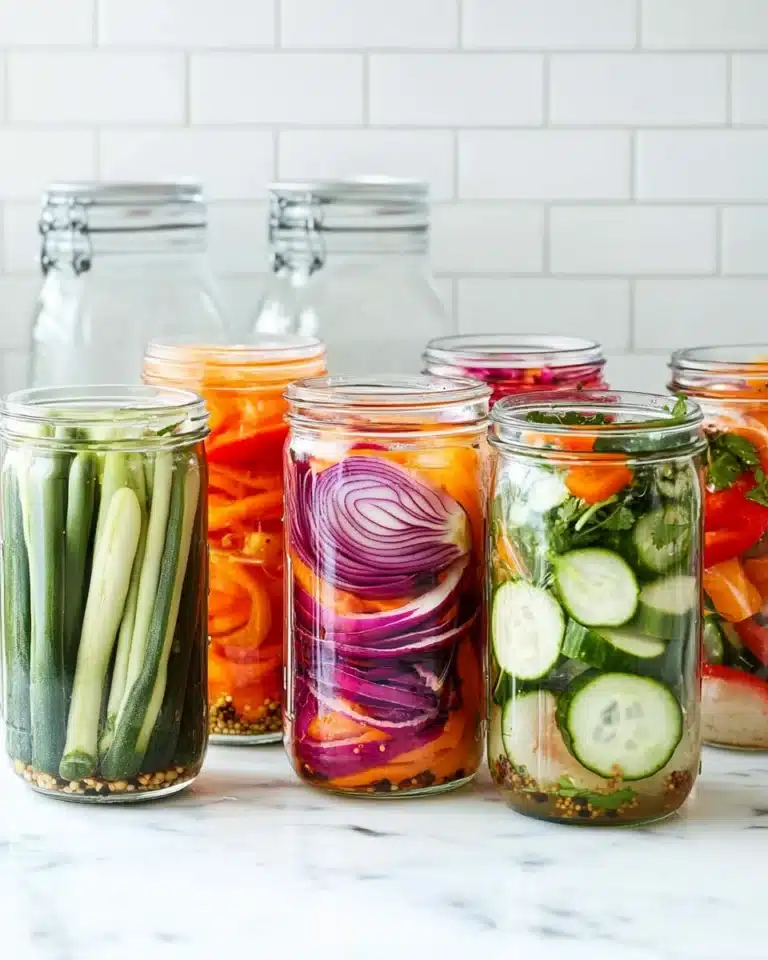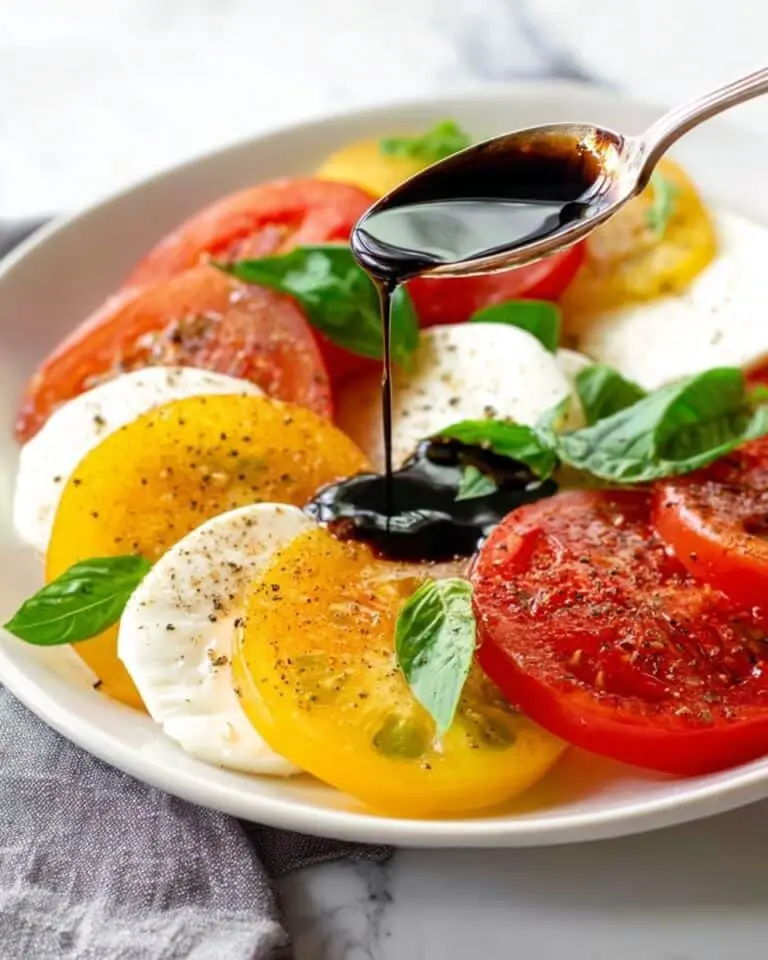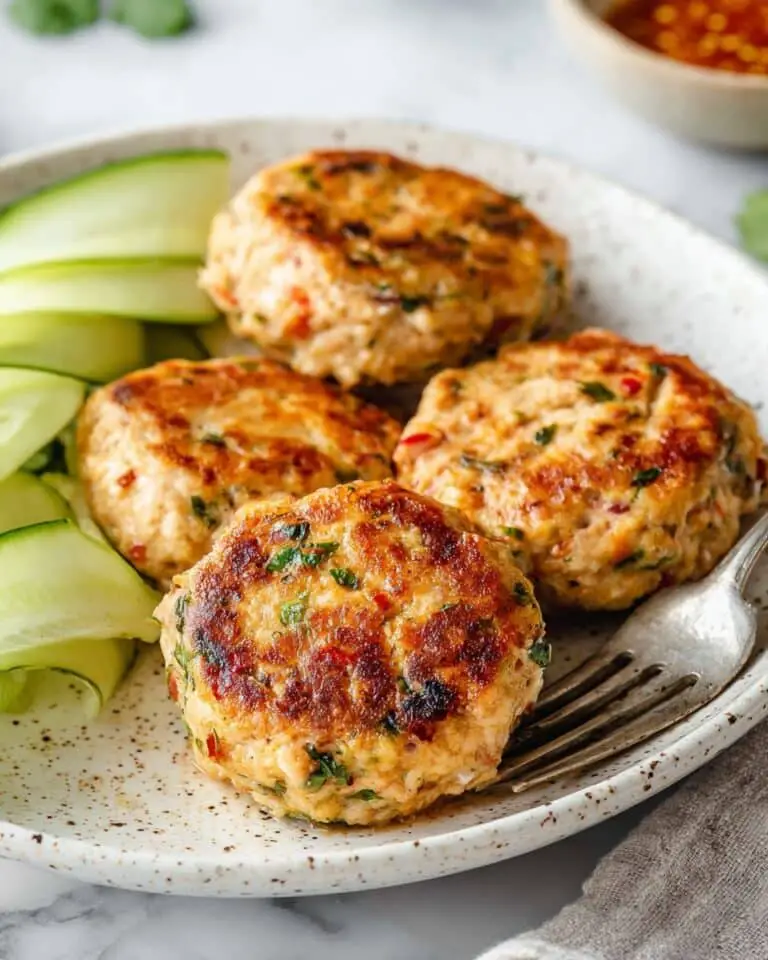I absolutely love this Roasted Pumpkin Sage Soup Recipe because it captures the cozy essence of fall while being surprisingly simple to make. Roasting the pumpkin brings out its natural sweetness, and when combined with fragrant fresh sage, it turns into a velvety, comforting soup that feels like a warm hug in a bowl. I find this recipe perfect for chilly evenings when you want something nourishing yet elegant without hours in the kitchen.
Whether you’re hosting a dinner party or just craving a soul-soothing meal on a quiet night, this Roasted Pumpkin Sage Soup Recipe works beautifully every time. Plus, it’s a fantastic way to use sugar pumpkins, which have a richer flavor than your typical carving pumpkin. Trust me, you’ll find that the depth of flavor and smooth texture make this your go-to pumpkin soup all season long.
Why You’ll Love This Recipe
- Deep, Roasted Flavor: Roasting the pumpkins enhances their natural sweetness and adds a subtle caramelized note you won’t get from boiling.
- Simple, Whole Ingredients: Only a handful of fresh ingredients come together to create a rich, flavorful soup.
- Versatile & Comforting: Perfect as a light meal or elegant starter that’s easily adapted for dietary preferences.
- Impresses Without Fuss: Even if you’re new to cooking soups, this recipe is straightforward and forgiving.
Ingredients You’ll Need
Each ingredient plays a part in balancing sweetness and savoriness. I always keep fresh sage handy during pumpkin season—it’s magic for elevating the flavor. And if you’re dairy-free or Whole30, swapping butter for olive oil keeps this soup accessible for many diets.
- Sugar pumpkins: Look for medium-sized, sugar or pie pumpkins, which are sweeter and less watery than regular carving pumpkins.
- Butter or olive oil: Butter adds creaminess, but olive oil makes this dairy-free and Whole30 compliant.
- Shallots: Milder than onions, they create a delicate base without overpowering the pumpkin’s flavor.
- Garlic: Just the right punch to deepen the savory notes.
- Fat-free chicken or vegetable broth: Using low-sodium broth lets you control the saltiness and keeps the soup light.
- Fresh sage: The fresh leaves bring an earthy, herbal aroma; dried could work but fresh is best.
- Salt and fresh pepper: Essential for layering flavors and balancing sweetness.
- Reduced fat sour cream or 0% Greek yogurt (optional): Adds a creamy, tangy finish—totally optional but my favorite touch for garnish.
Variations
I love how flexible this Roasted Pumpkin Sage Soup Recipe is—you can tweak it to suit your taste or dietary needs without losing that comforting essence. Feel free to make it vegan or add a little kick depending on what you have on hand.
- Vegan or Vegetarian: Simply swap chicken broth for vegetable stock and use olive oil instead of butter—still full of flavor!
- Spicy Twist: Adding a pinch of cayenne or a chopped chipotle pepper gave my guests a fun little surprise last fall.
- Extra Creamy: Stir in a splash of coconut milk before blending for a luscious dairy-free creaminess that’s addictive.
- Herbal Variations: Rosemary or thyme work well if you run out of sage or want to experiment with flavors.
How to Make Roasted Pumpkin Sage Soup Recipe
Step 1: Roast Your Pumpkins to Perfection
Preheat your oven to 400°F. Using a heavy, sharp knife (and lots of care!), cut your pumpkins in half and scoop out the seeds. Spread the pumpkin halves cut side down on a baking sheet alongside the seeds—it’s a great way to toast them! Roast for about 1 to 1-1/2 hours until the flesh is soft and caramelized at the edges. This roasting step is the secret to that deep, rich flavor you’ll love.
Step 2: Sauté Your Aromatics
Once your pumpkin is cool enough to handle, scoop out about 5 cups of the flesh. In a large pot or Dutch oven, melt butter (or heat olive oil) over medium heat. Add diced shallots and cook until tender and translucent, about 4 minutes—this gentle cooking brings out their sweetness. Toss in chopped garlic and sauté just until fragrant, about 1 minute, so it doesn’t turn bitter.
Step 3: Combine and Simmer
Next, add the roasted pumpkin flesh to the pot along with 4 cups of broth, fresh sage, salt, and pepper. Bring everything to a gentle boil, then reduce heat and let it simmer, covered, for about 15 minutes. This step allows the flavors to marry beautifully, so don’t skip the covered simmer!
Step 4: Blend Until Silky Smooth
Remove the pot from heat and use an immersion blender to puree until perfectly smooth. If you don’t have an immersion blender, carefully transfer the soup in batches to a regular blender—but be sure to vent the lid slightly to avoid pressure buildup. Blend away until you get that luxurious, creamy texture that’s signature to this soup.
Step 5: Garnish and Serve
Ladle the soup into bowls and, if you like, garnish with a dollop of reduced fat sour cream or Greek yogurt and a sprinkle of fresh sage leaves. I sometimes hollow out a small pumpkin to serve the soup in—it makes a stunning presentation that always gets a wow!
Pro Tips for Making Roasted Pumpkin Sage Soup Recipe
- Use Fresh Pumpkin: Freshly roasted pumpkin tastes worlds better than canned; the roasting adds complexity that canned just can’t match.
- Don’t Skip the Shallots: They add a subtle sweetness that rounds out the savory sage and garlic perfectly—onions don’t quite do the same job here.
- Be Gentle with Garlic: Add garlic last and cook briefly to avoid bitterness—it’s a small step that really impacts flavor.
- Adjust Consistency Thoughtfully: If your soup is too thick after blending, slowly stir in more broth or water until you reach your perfect creaminess.
How to Serve Roasted Pumpkin Sage Soup Recipe
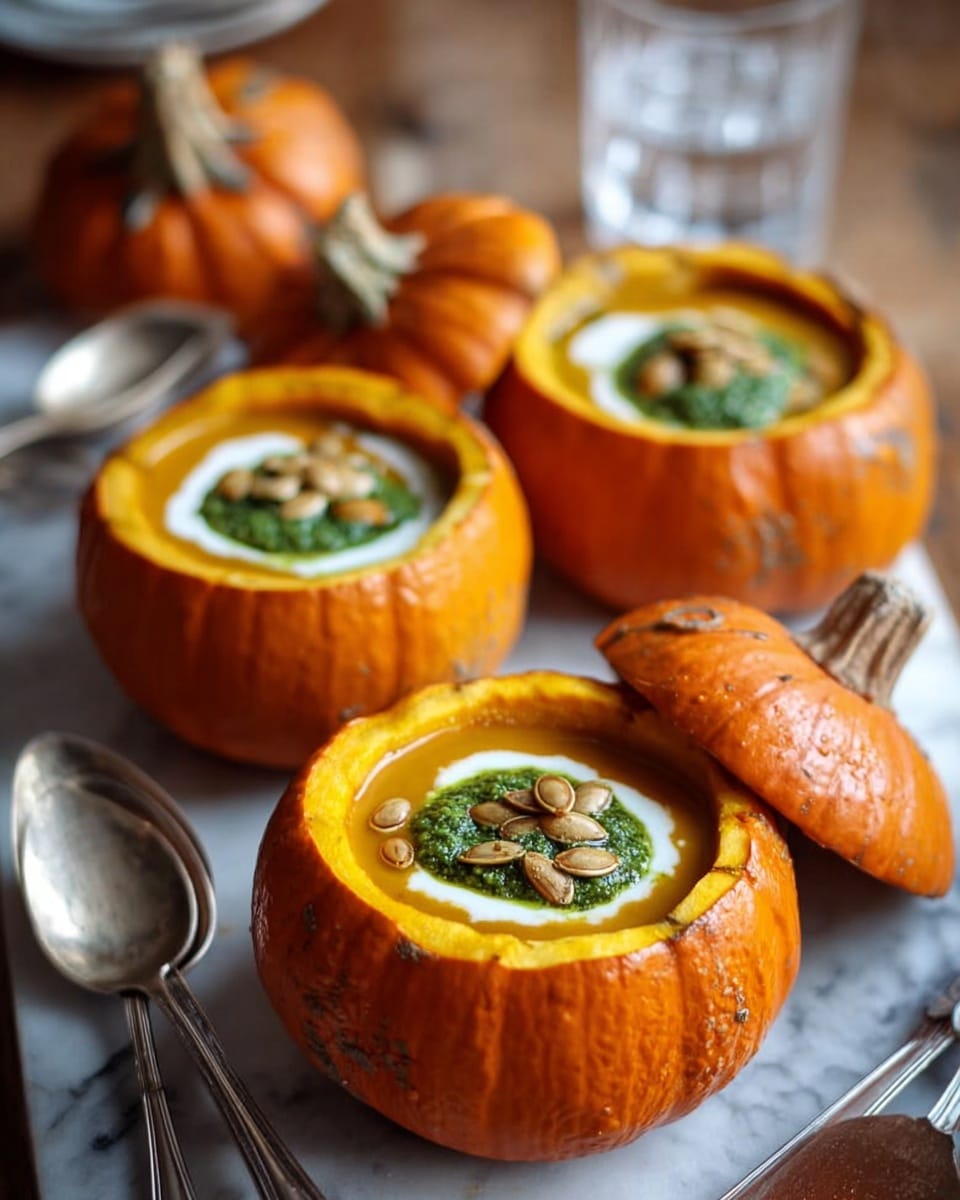
Garnishes
I usually keep it simple with a swirl of light sour cream or Greek yogurt and a few fresh sage leaves right before serving. Sometimes I add a sprinkle of toasted pumpkin seeds for texture or a drizzle of good quality olive oil for extra richness. These garnishes don’t just look pretty—they add layers of flavor and a tempting aroma.
Side Dishes
My family goes crazy for this soup paired with crusty artisan bread—perfect for dipping! A simple side salad with tangy vinaigrette balances the richness nicely. When I want to make it a heartier meal, I serve it alongside rosemary garlic roasted chicken or a grilled cheese sandwich for ultimate comfort food vibes.
Creative Ways to Present
For special occasions, I love serving the soup in small, hollowed-out mini pumpkins—it’s a charming way to impress guests and adds a touch of autumn elegance. You can also swirl in a cinnamon or nutmeg-infused cream before serving for a subtle holiday twist. These little touches elevate the experience and make your Roasted Pumpkin Sage Soup Recipe feel extra special.
Make Ahead and Storage
Storing Leftovers
I let the soup cool to room temperature and then store it in airtight containers in the fridge. It keeps well for up to 4 days, making it a fantastic choice for meal prep or quick weeknight dinners. Just give it a good stir before reheating to bring back its creamy texture.
Freezing
This soup freezes beautifully! I pour cooled soup into freezer-safe containers or zip-top bags, leaving some space for expansion. When you’re ready to enjoy it, thaw overnight in the fridge and reheat gently on the stove. It’s a lifesaver for busy days or unexpected guests.
Reheating
I recommend reheating the soup over low to medium heat on the stovetop, stirring frequently to prevent sticking and to keep it silky smooth. If the soup thickens too much, just add a splash of broth or water until it reaches your desired consistency. Microwave works too—just stir halfway through for even warming.
FAQs
-
Can I use canned pumpkin instead of fresh for this Roasted Pumpkin Sage Soup Recipe?
While canned pumpkin can be used in a pinch, fresh roasted pumpkin provides a richer, sweeter flavor and better texture. If you use canned, choose plain pumpkin puree (not pumpkin pie filling) and consider roasting some garlic and shallots to boost the depth. You might also need to adjust seasoning to compensate for canned pumpkin’s slightly different taste.
-
How do I prepare the pumpkin seeds that come from roasting?
After scooping out the seeds, rinse them to remove pulp, pat dry, then toss with a little olive oil and salt. Spread on a baking sheet and roast in the oven at 325°F for about 15-20 minutes, stirring occasionally, until golden and crispy. These roasted seeds make a delicious, crunchy garnish or snack.
-
Can I make this Roasted Pumpkin Sage Soup Recipe dairy-free?
Absolutely! Substitute olive oil for butter when sautéing, and skip the sour cream garnish or use a dairy-free alternative like coconut yogurt. The soup itself relies primarily on pumpkin and sage flavor, so it remains flavorful and creamy without dairy.
-
How do I store leftover soup safely?
Store cooled soup in airtight containers in the refrigerator for up to 4 days. For longer storage, freeze in portions. Always ensure the soup cools before sealing and avoid leaving it out at room temperature for more than two hours to prevent spoilage.
-
What if I don’t have fresh sage—can I use dried?
You can use dried sage if fresh isn’t available, but use about a third of the amount called for fresh (around 1 teaspoon dried), since dried herbs are more concentrated and can become overpowering. Add dried sage earlier in the cooking process to give it time to mellow.
Final Thoughts
This Roasted Pumpkin Sage Soup Recipe has become a staple in my kitchen because it’s soulful, simple, and genuinely comforting. The first time I made it, I was amazed at how roasting pumpkin made such a difference—it felt like discovering a little culinary magic. I hope you’ll enjoy making it as much as I do, sharing it with loved ones, and savoring the taste of autumn in every spoonful. Give it a whirl, and let me know how your soup turns out!
Print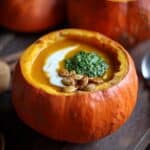
Roasted Pumpkin Sage Soup Recipe
- Prep Time: 5 minutes
- Cook Time: 1 hour 40 minutes
- Total Time: 1 hour 45 minutes
- Yield: 5 servings
- Category: Soup
- Method: Roasting
- Cuisine: American
- Diet: Vegetarian
Description
This comforting Roasted Pumpkin Sage Soup is a deliciously smooth and flavorful dish perfect for fall. Roasting the pumpkins deepens their natural sweetness while the fresh sage adds an aromatic herbaceous touch. With sautéed shallots and garlic, and a creamy texture achieved by blending, it’s an elegant yet easy soup ideal as a first course or light meal. Dairy-free and vegetarian options make it versatile for various diets.
Ingredients
Roasted Pumpkin
- 2 medium sugar pumpkins or pumpkin pie pumpkins (about 6 lbs total)
- Seeds from the pumpkins (for roasting)
Sauté Base
- 1 tbsp butter (or olive oil for dairy-free or Whole30 version)
- 3/4 cup shallots, diced
- 3 cloves garlic, chopped
Soup Liquid and Seasoning
- 4 cups fat free, low sodium chicken broth (vegetarian option: vegetable stock)
- 1 tbsp fresh sage (plus extra for garnish)
- Salt and freshly ground black pepper, to taste
Garnish (Optional)
- Reduced fat sour cream or 0% Greek yogurt
Instructions
- Preheat and Prepare Pumpkin: Preheat the oven to 400°F. Carefully cut each pumpkin in half using a sharp, heavy knife. Scoop out the seeds and place them separately on a baking sheet.
- Roast Pumpkin and Seeds: Place the pumpkin halves on a baking sheet and roast in the oven for 1 to 1.5 hours, until the flesh is tender when pierced. Roast the seeds alongside if desired for a snack.
- Extract Pumpkin Flesh: Once cooled enough to handle, use a spoon to scoop out the soft pumpkin flesh. This should yield about 5 cups.
- Sauté Aromatics: In a large pot or Dutch oven, heat the butter or olive oil over medium heat. Add the diced shallots and sauté until tender and translucent, about 4 minutes. Add the chopped garlic and cook for an additional minute until fragrant.
- Combine Ingredients: Add the roasted pumpkin flesh and broth to the pot. Stir in the fresh sage leaves, salt, and pepper. Increase the heat to bring the mixture to a boil.
- Simmer: Reduce heat and cover the pot. Let the soup simmer gently for about 15 minutes to meld the flavors.
- Blend Soup Smooth: Using an immersion blender directly in the pot or transferring the mixture to a blender, puree the soup until smooth and creamy.
- Serve with Garnish: Ladle the soup into bowls. Optionally, garnish with a dollop of reduced fat sour cream or Greek yogurt and sprinkle fresh sage on top for an elegant presentation. For a stunning display, serve inside hollowed-out pumpkins.
Notes
- Pumpkin season is ideal for making this soup, highlighting fresh, seasonal flavors.
- The optional garnish of sour cream or Greek yogurt adds creaminess and a tangy contrast.
- For a beautiful presentation, consider serving the soup in hollowed-out roasted pumpkins.
- To make this soup dairy-free or Whole30 compliant, substitute butter with olive oil and omit sour cream garnish.
- Vegetarians can use vegetable stock instead of chicken broth.
Nutrition
- Serving Size: 1 and 3/4 cups
- Calories: 137.5 kcal
- Sugar: 9 g
- Sodium: 459 mg
- Fat: 3 g
- Saturated Fat: 1.5 g
- Unsaturated Fat: 1.2 g
- Trans Fat: 0 g
- Carbohydrates: 25 g
- Fiber: 7 g
- Protein: 6 g
- Cholesterol: 6 mg

